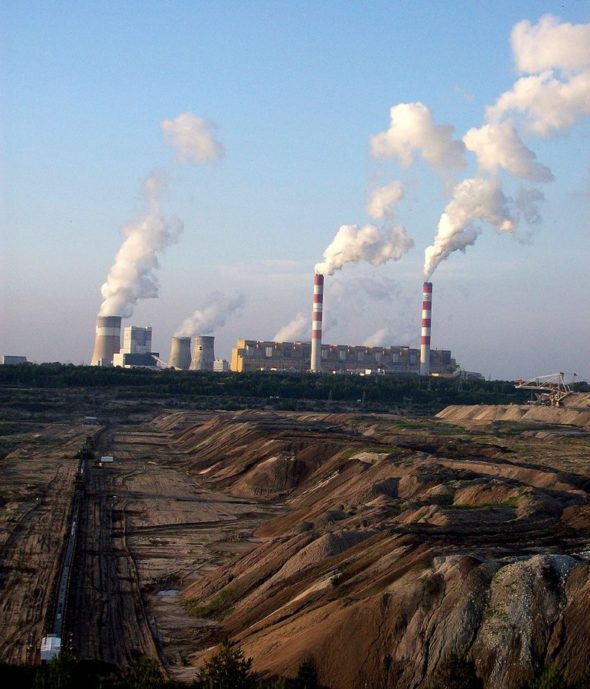The Bełchatów Power Plant is slowly going back online after yet another malfunction. Large coal-fired power plants involve a big risk of power outages, which take a long time to fix. Smaller and quicker conventional power plants are of help as a stable reserve capacity, and so is energy import – Wojciech Jakóbik editor in chief at BiznesAlert.pl writes.
The recent problems at the Bełchatów Power Plant that emerged in May 2021, show that one breakdown in the power system, which has not even happened at the plant itself, may render even about 4 GW of capacity unavailable. „Probably the interference was caused by a short circuit. We are currently checking what was the specific cause of the breakdown,” PSE, the operator of the Polish power system, said in a statement. PGE Górnictwo i Energetyka Konwencjonalna Spółka Akcyjna (PGE GiEK) has admitted that putting the coal-fired units back into operation is time consuming.
So what has the latest failure at Bełchatów taught us?
First, the easiest way to counter a power shortage is to lower the consumption, which is the job of the power system operator, which has a number of tools to do that. However, this toolkit has not been used and we avoided the negative consequences of limitations of power supply, which had been introduced during the 2015 blackout, that could have impacted, e.g. an industry that requires a stable power supply.
Second, the remedy for tackling the issues caused by power outages at large conventional power plants is not to completely give up on this type of power generation. It was, among others, 200 MW coal-fired power plants and other conventional units with a small capacity operating in a kind of spinning reserve, that saved the system from a sudden drop in energy supply. Gas-fired power plants can react even quicker.
Third, the issues at the Bełchatów Power Plant are not an argument against nuclear power. Professor Andrzej Strupczewski has calculated that some power plants in Germany with a capacity of 10 GW can manipulate their output even by over 5 GW, depending on the demand, and that can be done within… 15 minutes. In theory a less strained 9 GW of nuclear power planned in Poland by 2043, could make up Bełchatów’s shortages. However, we do know that the second nuclear power plant may be located in Bełchatów’s location and permanently replace the coal-fired unit.
Fourth, the breakdown at the coal-fired Bełchatów Power Plant is not an argument for renewable energy sources, whose performance is still unpredictable. The system needs a ready-to-go reserve capacity. The surplus generated from RES may help during shortages, but when they occur they also force conventional power generation to limit its output. This means it’s a double-edged sword, but it is still very welcome from the point of view of CO2 reduction.
Fifth, the breakdown at Bełchatów is an argument for maintaining and developing grid connections with our neighbors, because they can supply power in case of domestic issues, and that’s exactly what happened on the 17th of May. It remains to be seen how to defend the profitability of domestic power plants, which at this point generate power that is more expensive than the one that can be purchased in Germany or Scandinavia.
Sixth, Poland will shell out for a stable reserve – in case of conventional power generation various support mechanisms, such as the capacity market or the National Agency for Energy Security, will be used. Nuclear power is stable and will require support as well, but it will also decrease CO2 emissions. Until it becomes possible to store renewable energy in energy storage units or hydrogen, that kind of power will not be a stable capacity reserve. Otherwise, RES would generate huge surpluses in Poland, but that is not a concern now, because those sources are being developed too slowly. However, such an oversupply will generate additional costs to maintain conventional capacity, as it will have primary access to the grid, forcing coal-fired power plants to limit their output.
The power system passed the test. Energy security was maintained at the cost that had been included in the risk of its operation. However, new trials are coming, especially considering the fact that the new power plants in Poland are being built slowly, and the power supply is dangerously close to the demand.









